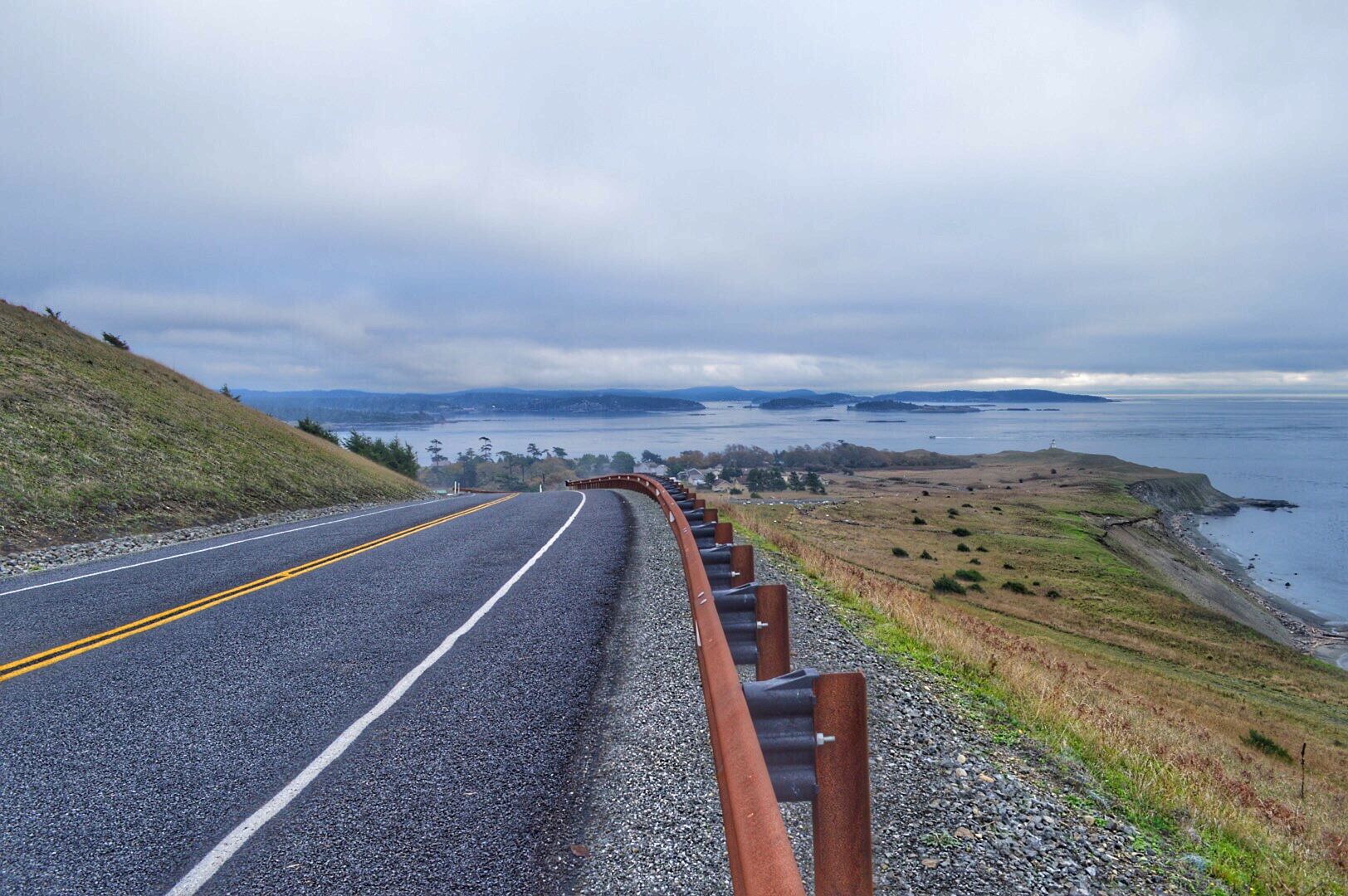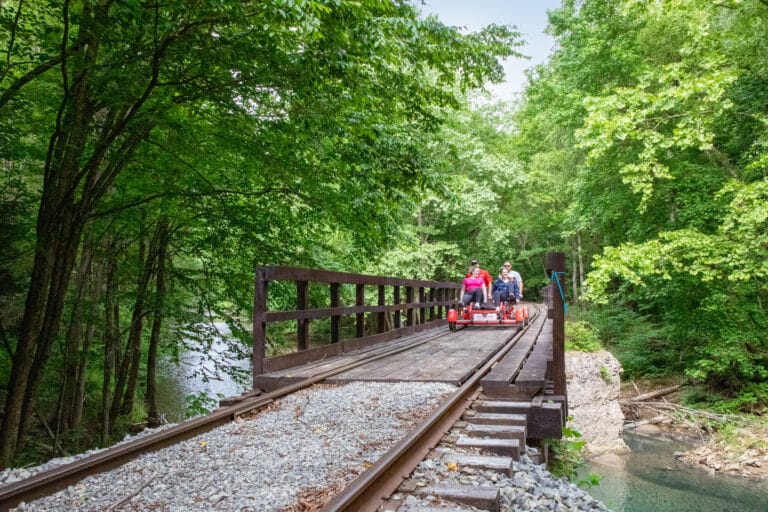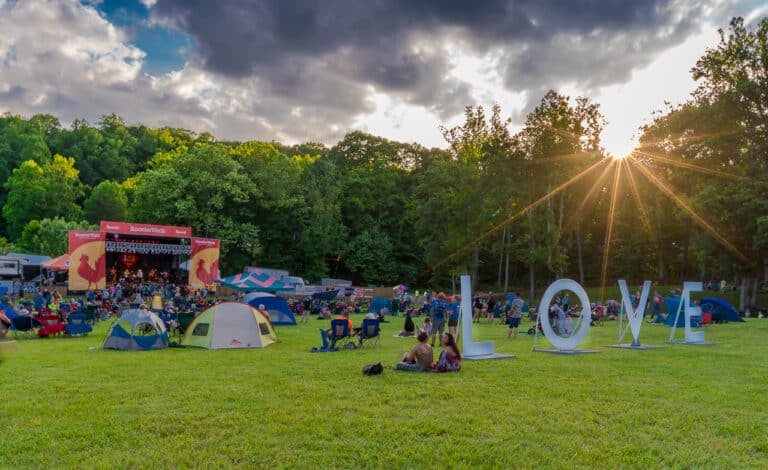The San Juan Islands are a hidden gem off the coast of Washington State that many consider a bicycling paradise. Within the 172 named islands in the archipelago, the three main islands with the most miles to ride are San Juan Island, Orcas Island and Lopez Island. All are extremely bike-friendly, as evidenced by the marked bike pull-offs that lined the island’s main highway and the low-traffic roads.
While the summer season is beautiful and boasts picture-perfect weather, cycling the largest of the islands, San Juan Island, in the off-season is budget-friendly and less crowded. It’s worth the trip as long as you are prepared and don’t mind a little bit of rain!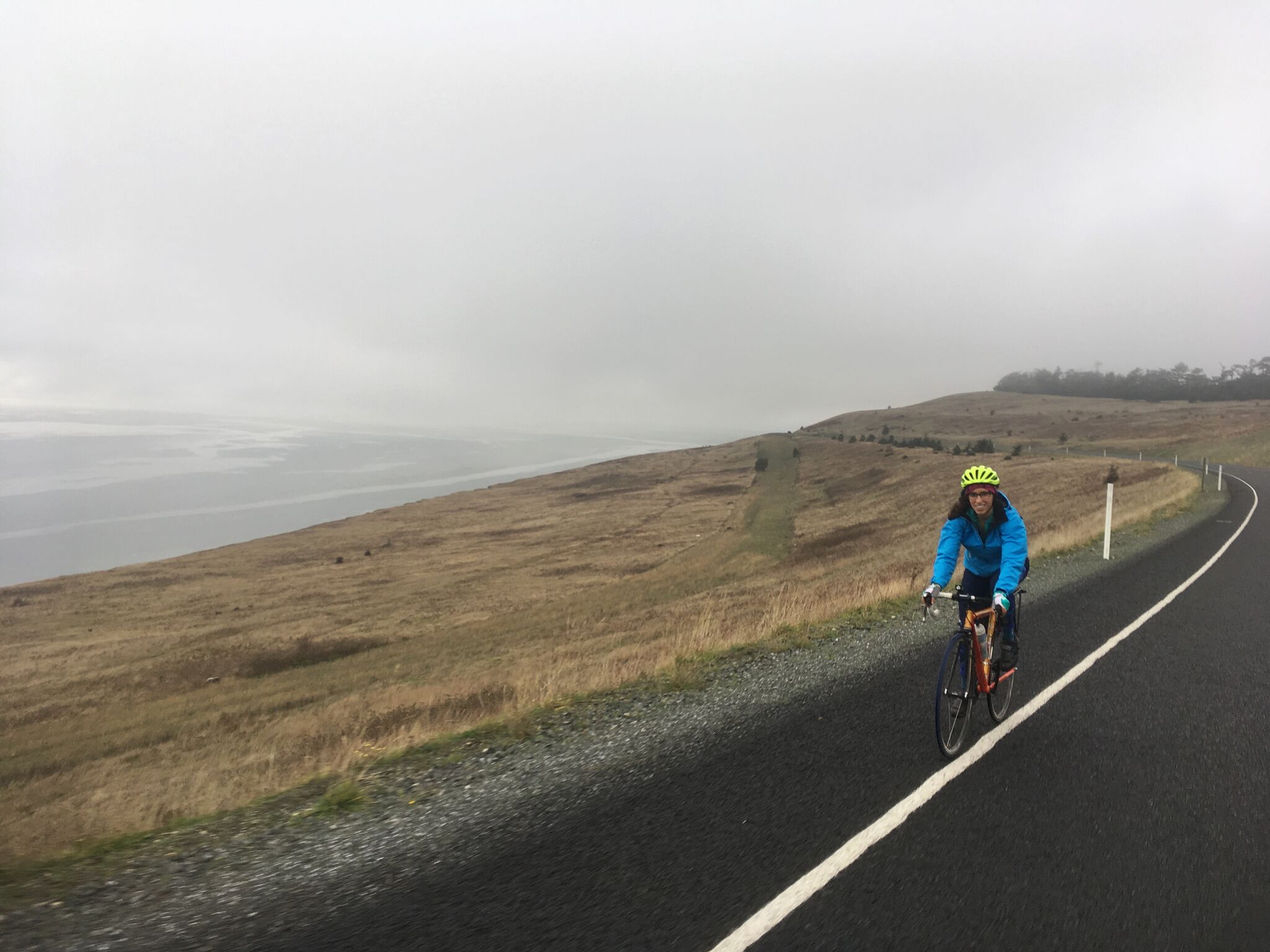 So why visit the Pacific Northwest to cycle during what is historically the wettest time of the year? Out of the average 247 days of sunshine, November is known to receive an average of 4.33 inches of precipitation.The variable weather patterns add a challenge that some cyclists enjoy tackling.
So why visit the Pacific Northwest to cycle during what is historically the wettest time of the year? Out of the average 247 days of sunshine, November is known to receive an average of 4.33 inches of precipitation.The variable weather patterns add a challenge that some cyclists enjoy tackling.
In the off-season, you’re much more likely to see locals out and about, and they’re less busy with tourists and more willing to engage with you. In addition to less crowds at restaurants, the roads are practically empty, so this is a prime opportunity to cycle the island. The only downside to traveling to San Juan Island in the off-season is that a few of the businesses close down at the end of October. Be sure to plan ahead and check on hours.
Grab your panniers and rain jacket, and map out your trip to cycle around San Juan Island.
Cycling San Juan Island
The main cycling loop is comprised of the North South and West San Juan Scenic Byways. The terrain covers rolling hills as you cycle along coastlines, through Pacific Northwest forests and past farmland. With a list of attractions to hit along the route, you can circumnavigate the 43 mile route in a day.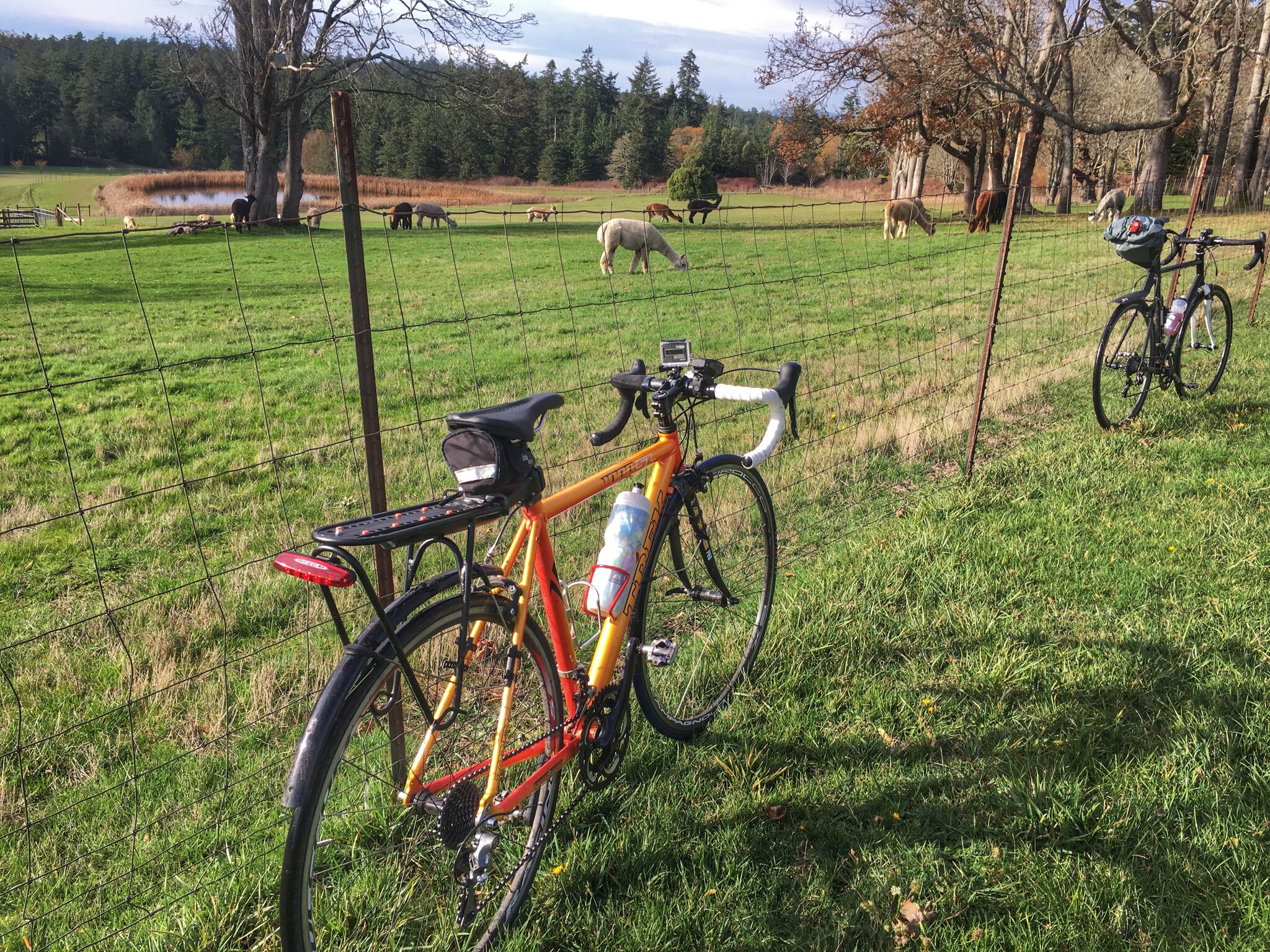 Start with a ride to the Southern coast of San Juan Island. The ride out to American Camp passes by vast farmland. Your first stop will be Jackson Beach, a sandy stretch of beach populated with driftwood. Further down Cattle Point Road, American Camp, a National Historic Park, is the site where the American soldiers stayed during the U.S./British occupation in the mid-1800s.
Start with a ride to the Southern coast of San Juan Island. The ride out to American Camp passes by vast farmland. Your first stop will be Jackson Beach, a sandy stretch of beach populated with driftwood. Further down Cattle Point Road, American Camp, a National Historic Park, is the site where the American soldiers stayed during the U.S./British occupation in the mid-1800s.
In rainy weather and the Pacific Northwest’s fog, the park’s battlefields add an element of mystery to the historical remnants to the trip. Continue cycling on Cattle Point Road and as the road rises, you’ll get a bird’s eye view of South Beach and the expanding coastline. Cattle Point Lighthouse is at the bottom of a steeply graded road (about 10.5 percent), so you may decide to admire from the top of the hill. Take a break at the picnic tables, meander through the grassy fields, and look across the coastline to where this lighthouse was once a beacon for ships in the 1800s.
 One of the prime spots on the island for wildlife is at Lime Kiln Point State Park. Bikes aren’t allowed on the hiking trails, so lock them up at the visitor center, or you can easily walk the trails with them. The Marine Life Overlook is a short walk down the gravel path directly behind the park office, and here is where you can scan the water for both orcas and seals. Further along the trail, the lighthouse at Lime Kiln Point State Park juts out from the coastline. It was built in 1919, and still serves as a beacon for vessels in the Haro Strait. The park offers 1.6 miles of trail that loop around the park, meandering on the coastline and dipping into the lush, moss-laden woods.
One of the prime spots on the island for wildlife is at Lime Kiln Point State Park. Bikes aren’t allowed on the hiking trails, so lock them up at the visitor center, or you can easily walk the trails with them. The Marine Life Overlook is a short walk down the gravel path directly behind the park office, and here is where you can scan the water for both orcas and seals. Further along the trail, the lighthouse at Lime Kiln Point State Park juts out from the coastline. It was built in 1919, and still serves as a beacon for vessels in the Haro Strait. The park offers 1.6 miles of trail that loop around the park, meandering on the coastline and dipping into the lush, moss-laden woods.
From the Southern Coast, make a detour inland to see one of San Juan Island’s many agritourism farms, Pelindaba Lavender Farm, which is only open from May through October .The peak time to visit for “peak purpleness”, as the company calls it, is July and August. If you can’t make it out to the farm, or it’s closed in off season, you can stop by the shop in Friday Harbor. Both the farm and shop sell a variety of lavender products, essential oils and plants. The farm features more than 25,000 lavender plants, and 50 different varieties. Since 2001, Pelindaba has been open to the public to demonstrate the wide diversity of lavender.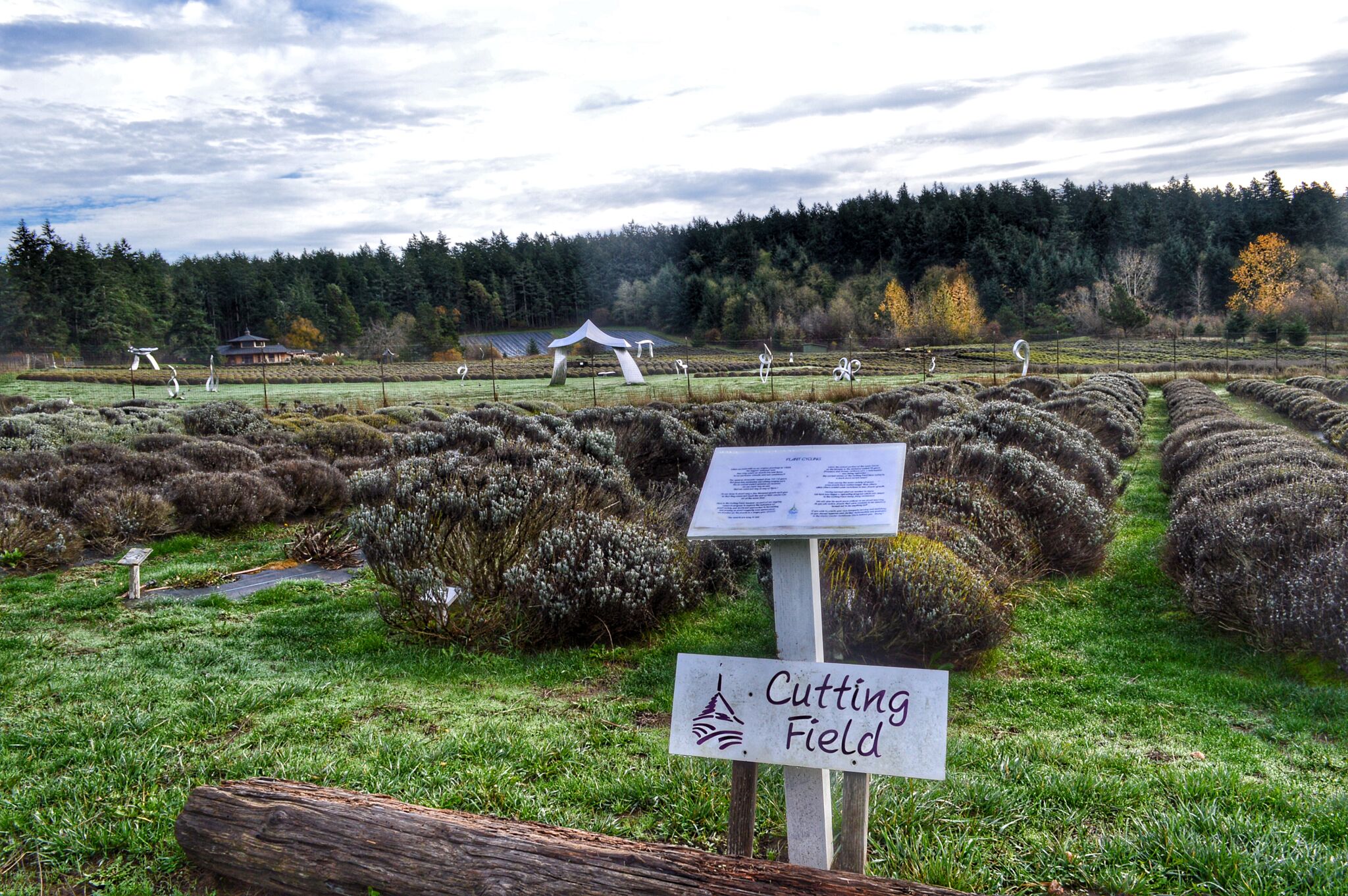 The bike from the lavender farm to the next farm, Krystal Acres Alpaca Farm, takes you over some of the more challenging hills on the island on Mitchell Bay Road and West Valley Road. You’ll know when you see the farm, because the pastures around the farm are filled with 70 fluffy grazing alpacas. Stop into the gift shop, where you may meet one of the owners, Kris, who breeds the alpacas for shows. The farm sells warm socks and other items that are made from both the Alpacas on the island, and from Peru.
The bike from the lavender farm to the next farm, Krystal Acres Alpaca Farm, takes you over some of the more challenging hills on the island on Mitchell Bay Road and West Valley Road. You’ll know when you see the farm, because the pastures around the farm are filled with 70 fluffy grazing alpacas. Stop into the gift shop, where you may meet one of the owners, Kris, who breeds the alpacas for shows. The farm sells warm socks and other items that are made from both the Alpacas on the island, and from Peru.
It’s a two-mile bike to Roche Harbor, one of the private seaside resort and residential communities on the island. This part of the island is its own community, that in summers often bustles with vacationers. In the off-season, it’s quaint and quiet, but worth a stop to rest the legs and grab lunch.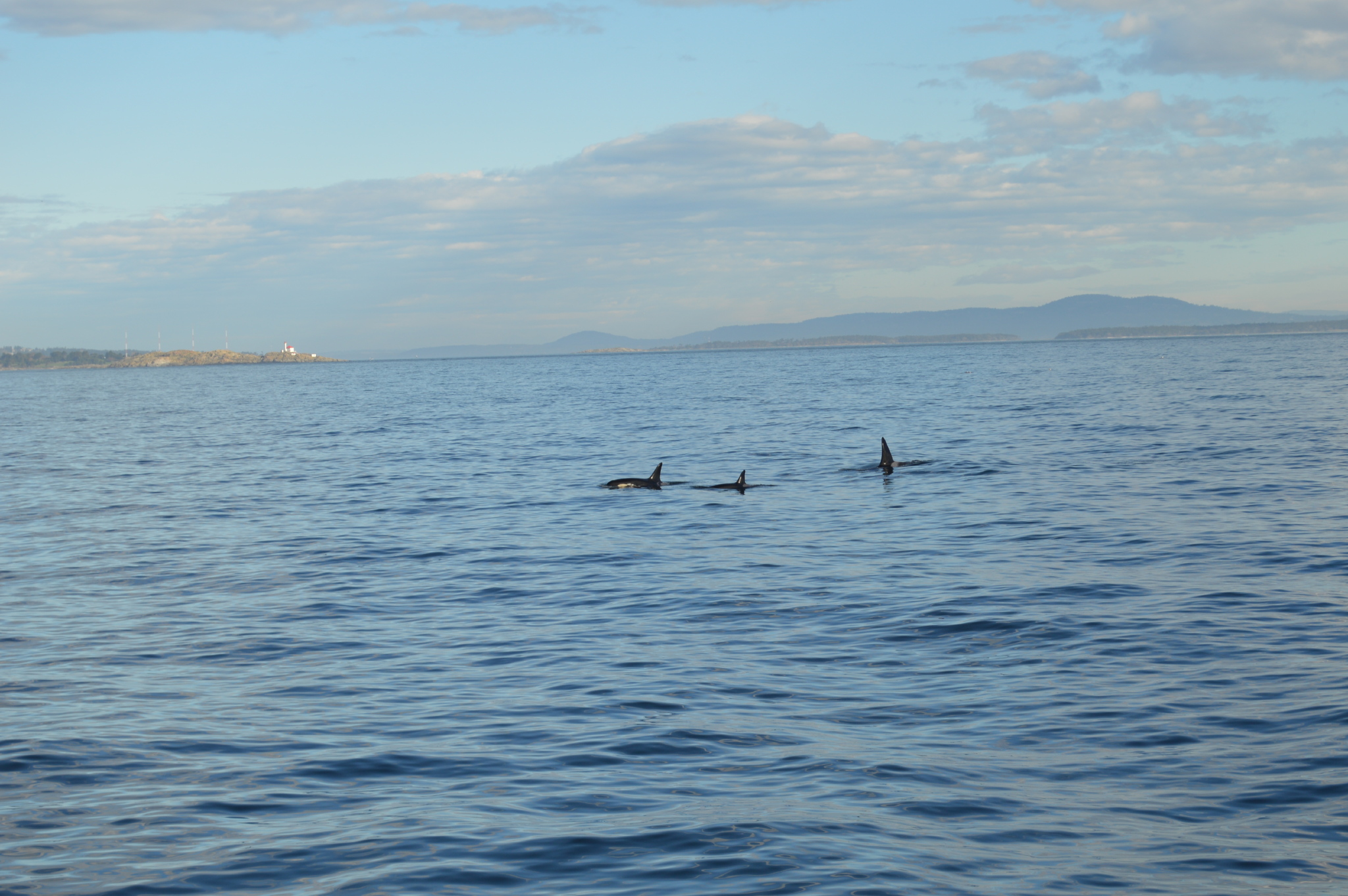 The San Juan Island Distillery is a short jaunt from Roche Harbor. The distillery is only open on weekends, so plan your ride so that you can visit. The distillery makes 12 different gins, liqueurs, an award-winning apple brandy (distilled using French techniques), and cider from their Westcott Bay Cider orchard.
The San Juan Island Distillery is a short jaunt from Roche Harbor. The distillery is only open on weekends, so plan your ride so that you can visit. The distillery makes 12 different gins, liqueurs, an award-winning apple brandy (distilled using French techniques), and cider from their Westcott Bay Cider orchard.
If you can’t make it to the distillery, or wine is more your thing, just a little further down the road is San Juan Vineyards.The winery’s two estate grapes, Siegerrebe and Madeleine Angevine, account for about 20-30 percent of the total annual production, while the rest of their wines are produced on-site from grapes shipped in from the Yakima Valley and Horse Heaven Hills Appellations of Eastern Washington.The tasting room is an old schoolhouse from 1895, and was renovated when the winery was purchased in 1996. Tastings are a bargain; three wines for $5!
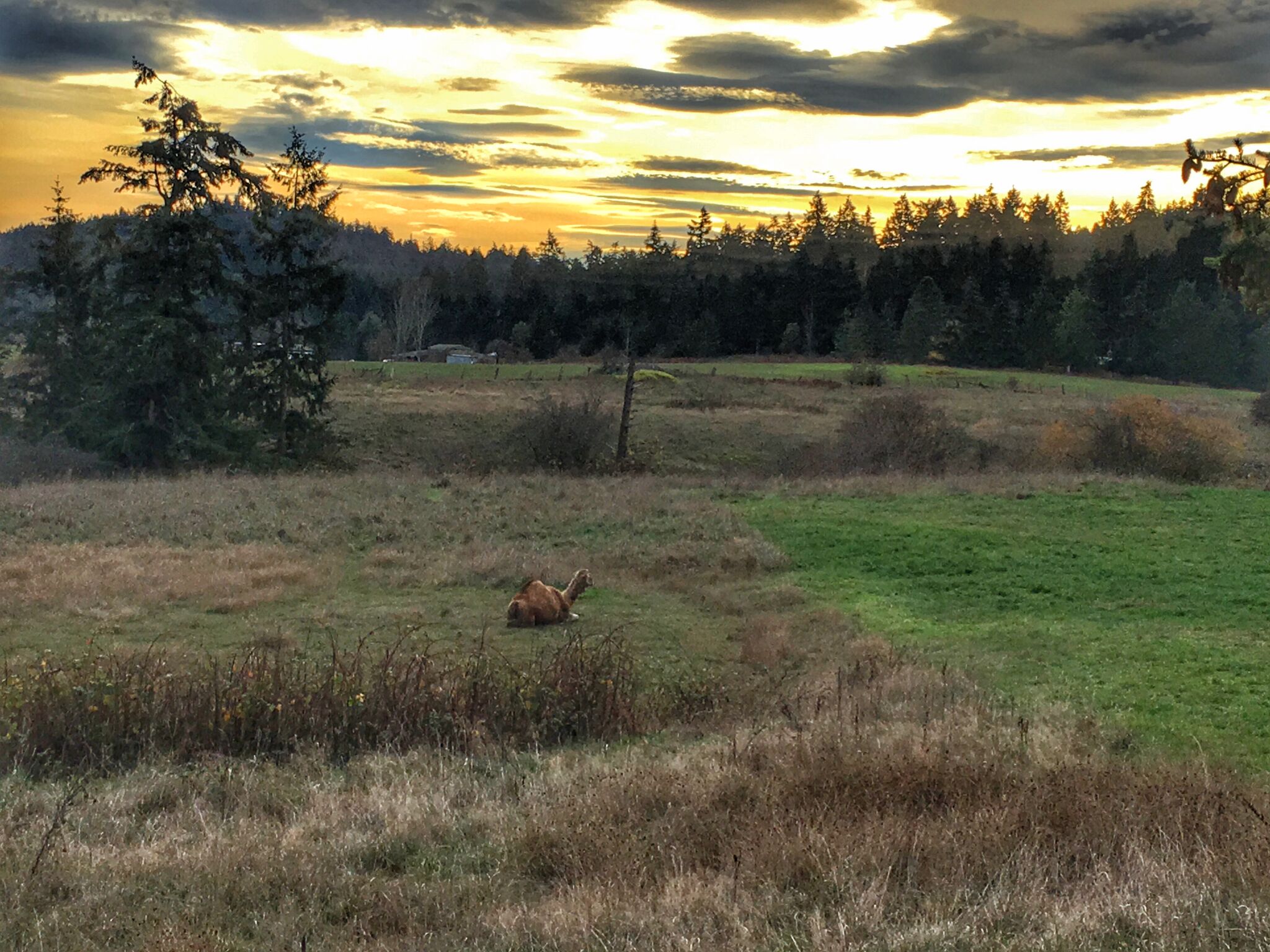 Before the final ride back to Friday Harbor-only about three miles- look across the street at the farmland and you’ll see on the horizon… is that a camel?! Yes, a camel had somehow found its way onto San Juan Island. Turns out her name is Mona, and she’s a well-known character for anyone who drives (or bikes) on Roche Harbor Road. Her story is fascinating– she was bought by a pilot who then left the island, and her new owners bought her from an ad in the island paper.
Before the final ride back to Friday Harbor-only about three miles- look across the street at the farmland and you’ll see on the horizon… is that a camel?! Yes, a camel had somehow found its way onto San Juan Island. Turns out her name is Mona, and she’s a well-known character for anyone who drives (or bikes) on Roche Harbor Road. Her story is fascinating– she was bought by a pilot who then left the island, and her new owners bought her from an ad in the island paper.
Where to Stay- The Tucker House
San Juan Island is home to several bed and breakfasts in addition to small, boutique hotels. You won’t find chains here! For a cycling trip, you can count on a hearty breakfast to adequately fuel for rides if you stay at a bed and breakfast. One that is just a few blocks from Friday Harbor is Tucker House, part of the San Juan Island Inn Collection.
The bed and breakfast is charming with antique decor, a tiny kitchen for guest’s use, a well-lit sunroom, and even fresh cookies. In addition to daily breakfast, each afternoon a special treat is waiting for you in your room, like homemade chocolate, thumbprint cookies or white chocolate macadamia nut cookies. Breakfast at The Tucker House always includes a two course meal: seasonal fruit, homemade yogurt and granola for course one, and some sort of filling, fresh hot dish for course two. Ingredients are locally sourced and the meals are substantial and filling enough to last you through the morning.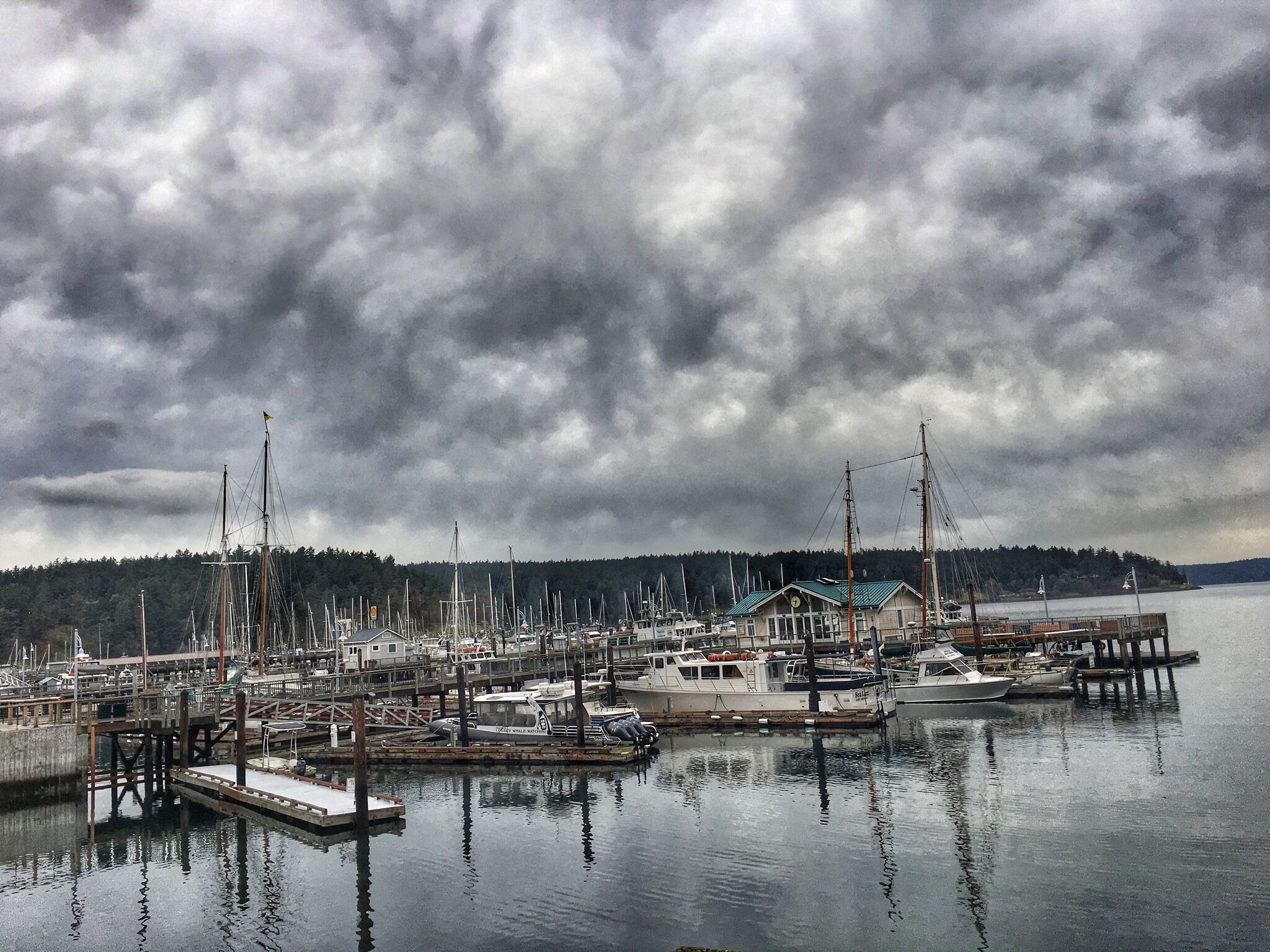
Where to Eat
Cask & Schooner– This is a great, affordable option that is reminiscent of the gastropubs in the East. The pub-style fare, like all the island restaurants, highlights farm-grown food from the island, including Westcott Bay oysters, clams, and mussels. The servings are hearty and the menu features comfort food like bangers and mash, shepherd’s pie and fish and chips.
Coho Restaurant – This is one of the high-end restaurants on the island, owned by the same group as the bed and breakfast, the Tucker House. The menu is a balance of sustainable, island-grown ingredients that are influenced by Pacific and Mediterranean cuisines. Dine multi-course here, and know that each plating will be artfully presented to you. This is the place to get a bottle of wine, as the list has been recognized with an Award of Excellence by Wine Spectator for five years in a row.
Roche Harbor: Lime Kiln Cafe– During the off-season, there are only two open restaurants in Roche Harbor, and Lime Kiln Cafe is the spot for breakfast and lunch. It makes a nice stop for lunch during your ride, as the place is casual and you can eat in your bike clothes. The large windows in the restaurant overlook the harbor, so do some wildlife watching while you eat. The cafe-style menu features sandwiches and a few salads. If you come in the morning, or want a sweet treat, try one of their donuts, made in-house every morning.
How to Get There:
San Juan Island and its sister islands are accessible a few different ways, including the Washington State Ferry, Victoria Clipper, sea plane or a regional flight.
